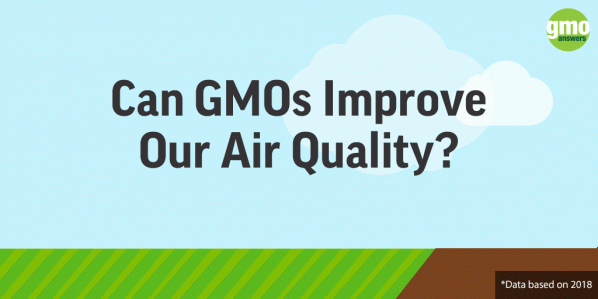Question
What do you have to say about the millions of bees that have been dying that has been directly linked to the use of your pesticides that are sprayed in generous amounts on your gmos
Submitted by: admin
Answer
Expert response from Hope Hart
Foresight and Advocacy Lead, Global Seeds Product Safety, Syngenta
Friday, 30/05/2014 17:43
The concerns with pesticides and bees have largely focused on a special class of insecticides, known as neonicotinoids, that are used on GMO and non-GMO crops. “Neonics,” as they are often referred to, were developed to be less harmful to “non-target” pests and are most often applied as a seed coating, rather than a spray. This means much less pesticide is needed and less pesticide is distributed into the environment. In many cases, neonics have replaced older classes of pesticides, such as organophosphates and pyrethroids, which are also toxic to bees.
Perhaps the best illustration of neonics and GMOs in action is in the canola fields that cover millions of acres of prime farmland in Western Canada. Most of this canola is GMO and heavily reliant on neonics to control particular insects. Yet bees are thriving in neonic-treated canola fields. Beekeepers actually bring their bees into the fields because foraging on canola helps bees make such fine honey.
Bee health is an issue, but USDA has been clear that by far the biggest threat to bee health is the epidemic infestation of the Varroa destructor mite. Other issues, such as the lack of diverse habitats and the many diseases bees are subject to, are also big problems. As for pesticides, the focus is increasingly on other types, including the miticides beekeepers themselves use inside the hive to try to kill the Varroa mites.
The real-world evidence, along with several large-scale field studies, all demonstrate that neonics used in seed treatments do not pose a widespread threat to bee health.
Answer
Expert response from Hope Hart
Foresight and Advocacy Lead, Global Seeds Product Safety, Syngenta
Friday, 30/05/2014 17:43
The concerns with pesticides and bees have largely focused on a special class of insecticides, known as neonicotinoids, that are used on GMO and non-GMO crops. “Neonics,” as they are often referred to, were developed to be less harmful to “non-target” pests and are most often applied as a seed coating, rather than a spray. This means much less pesticide is needed and less pesticide is distributed into the environment. In many cases, neonics have replaced older classes of pesticides, such as organophosphates and pyrethroids, which are also toxic to bees.
Perhaps the best illustration of neonics and GMOs in action is in the canola fields that cover millions of acres of prime farmland in Western Canada. Most of this canola is GMO and heavily reliant on neonics to control particular insects. Yet bees are thriving in neonic-treated canola fields. Beekeepers actually bring their bees into the fields because foraging on canola helps bees make such fine honey.
Bee health is an issue, but USDA has been clear that by far the biggest threat to bee health is the epidemic infestation of the Varroa destructor mite. Other issues, such as the lack of diverse habitats and the many diseases bees are subject to, are also big problems. As for pesticides, the focus is increasingly on other types, including the miticides beekeepers themselves use inside the hive to try to kill the Varroa mites.
The real-world evidence, along with several large-scale field studies, all demonstrate that neonics used in seed treatments do not pose a widespread threat to bee health.
How Do GMOs Benefit The Environment?



